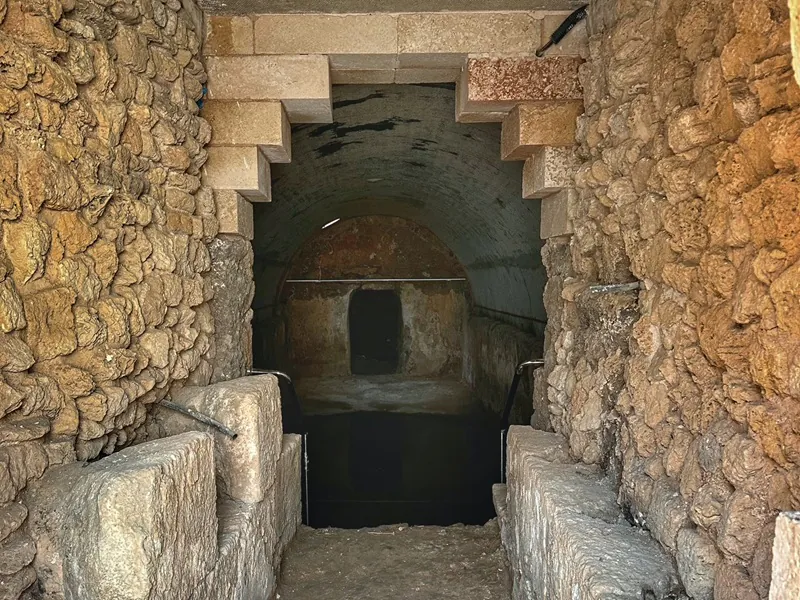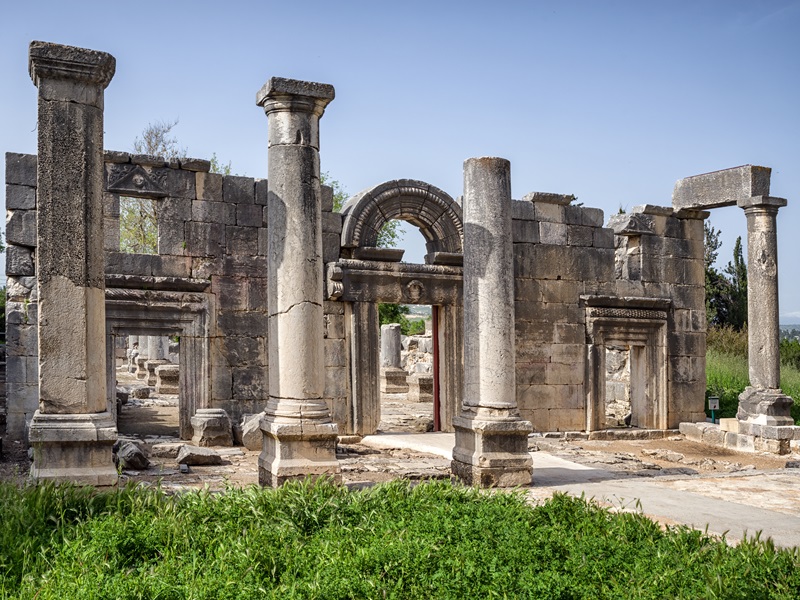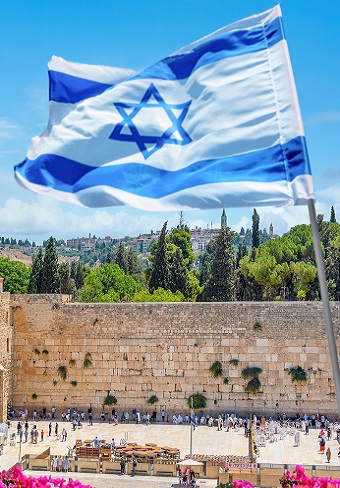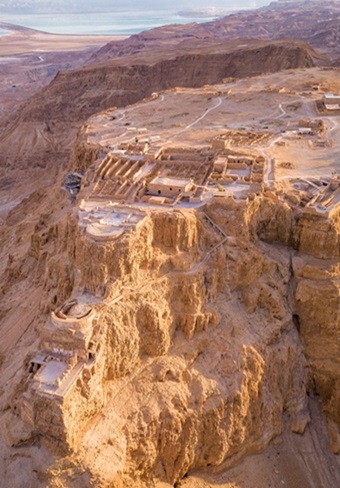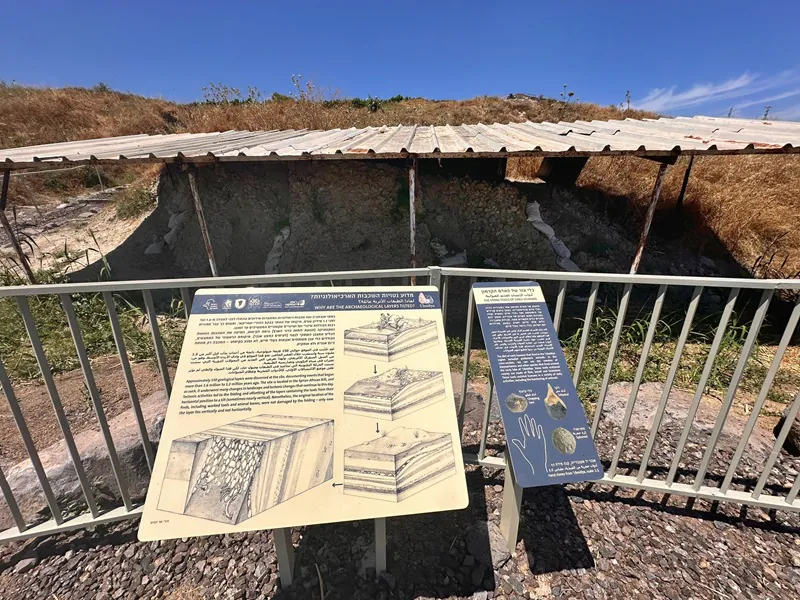Beth-Shearim Ancient Jewish Necropolis

Beth Shearim was an important Rabbinical center in the time of the Mishnah and one of the Sanhedrin’s seats. Later, the site was abandoned, and even its location was forgotten. Rediscovered in the 1930s, today, Beth Shearim is an important archaeological site and a UNESCO World Heritage Site.
History and Archaeology of Beth Shearim
Located in the fertile plains of the western Jezreel valley, Beth Shearim (In Hebrew ‘House of Barley’) was a Jewish center in antiquity. In the 2nd century CE, Beth Shearim housed the Jewish high court (the ‘Sanhedrin’) and was also the hometown of Rabbi Judah ‘Hanasi’ (‘The Prince’).
The Sanhedrin
 Deuteronomy 17:8-9 states that legal issues that are not solved in the municipal court can be ruled by a high court. Such a higher court is not documented in the Old Testament, but later, when Judaism was highly influenced by Hellenism, such a court existed. It was called Sanhedrin, which means “sitting together” or “assembly” in Greek. The Sanhedrin was split into a lower court, with 23 members, and a higher court, having 71 members. The head of the higher court was a ‘Nassi.’ In the time of the temple, it was occasionally the high priest, and at times it was the king.
Deuteronomy 17:8-9 states that legal issues that are not solved in the municipal court can be ruled by a high court. Such a higher court is not documented in the Old Testament, but later, when Judaism was highly influenced by Hellenism, such a court existed. It was called Sanhedrin, which means “sitting together” or “assembly” in Greek. The Sanhedrin was split into a lower court, with 23 members, and a higher court, having 71 members. The head of the higher court was a ‘Nassi.’ In the time of the temple, it was occasionally the high priest, and at times it was the king.
During the Temple’s period, the higher court assembled in the ‘Hall of Hewn Stones’ on the Temple Mount. Later, after the destruction of the Temple, it resumed its activity in Yavne, and later, it wandered between Usha, Sheferam, Beth-Shearim, Sepphoris, and Tiberias. The Byzantine Christian Authorities disbanded the Sanhedrin in 425 CE, and it never resumed again.
- Read more about the Sanhedrin and a tour following the Sanhedrin here.
Bet Shearim was also reputed for its cemetery, where many Rabbis were buried in catacombs. But following the Galus rebellion, in 350 CE the site was abandoned, and eventually even its location was forgotten.
Beth Shearim Rediscovered
Alexander Zaid, a Jewish pioneer overseeing properties in the Western Jezreel Valley, rediscovered the site in 1936. He reported on discovering an ancient burial cave at the Hebrew University. An archaeological expedition dug the cave and its surroundings and found that it was part of an ancient cemetery (necropolis), adjacent to a city from Roman times. A Greek Inscription engraved over one of the tombs indicated the deceased was native of “Bisara” – the Greek name for Beth Shearim. Beth Shearim was finally re identified.
The excavations yielded evidence mostly of the city’s cemetery. Hundreds of burials, mostly in stone coffins (sarcophagi) were recorded in over 50 burial caves set like catacombs. Some of the coffins were well decorated, and some were found with inscriptions. It is estimated that many Jews wanted to be buried here, as it was the burial site of the famous Rabbi Judah Hanasi. Of the city itself little in known, and most of ancient Beth Shearim is still waiting to be excavated. Nevertheless, two basilica-shaped public buildings found near the city’s walls are possibly ancient synagogues and perhaps even the Sanhedrin’s council building.
Touring Beth Shearim
Today, Beth Shearim is a national Park and a UNESCO World Heritage site. It is known mostly for its catacombs, now all lit up. One of the caves was developed to a museum that also includes an introduction video. The site is children-friendly and can be a great adventure for kids fond of mystery caves.
A tour of Beth Shearim can be combined with in a day tour in the north.
